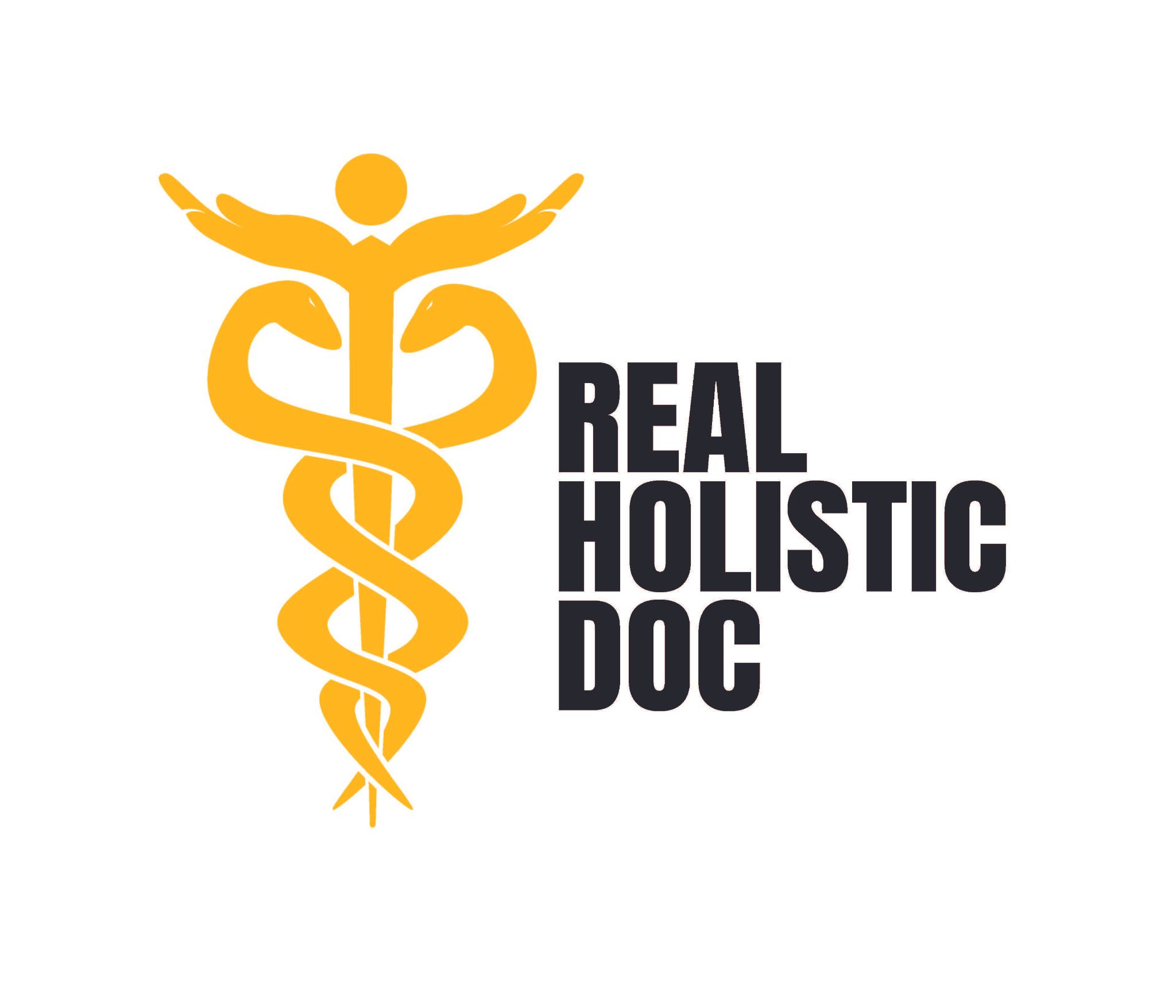Potassium Bicarbonate
POTASSIUM? BICARBONATE ANTIDOTE TO DISEASE??
C. Norman Shealy, M.D., Ph.D.
?
I recently was sent a commentary on a book by an Italian physician who
Claims to treat all types of cancer by giving intra-arterial sodium
bicarbonate. Bicarbonate, of course produces an alkaline environment
and there is great evidence that our diet is much too acidic. On the other
hand, I am not too keen on the idea of that much sodium, so I did a PubMed
search of potassium bicarbonate. The most interesting paper suggested that
the net pre-agricultural diet included over 3 times as many bicarbonate
producing foods than the current American diet.?
(Am. J. Clin Nutr, 2003, 76: 1308-1316)
?
Another study demonstrated a significantly greater diuresis after potassium bicarbonate ingestion than after sodium bicarbonate ???? ingestion, leaving the
individuals with a net increase in body water. (Ann Appl Physiol, 2000, 88: 540-550)
?
Yet another fascinating article demonstrates that the current western diet leaves us with a relative excess of sodium and deficiency of potassium, because of the low precursors of bicarbonate. The authors even suggest that supplemental potassium bicarbonate might serve as an antidote to our low intake of fruits and vegetables. (Semin Nephrol, 1999, 19:487-493). Actually Americans average less than half the recommended daily intake of 4700 mg of potassium. Indeed to get 4700 mg of potassium, you would need to eat (of the foods with highest content of potassium):
One sweet potato—694 mg
?cup of tomato paste—664 mg
?cup lima beans—484 mg (but they are acidifying)
?cup winter squash—448 mg( but it is acidifying)
One banana—422 mg
?cup cooked spinach—419 mg
?medium cantaloupe—368 mg
1/2 cup lentils—365 mg (but acidifying)
1/2 cup kidney beans—358 mg(but acidifying)
One small apple—140 mg
?
I included the small apple to round it off!? Remember that most foods, including great fruits and vegetables, have smaller concentrations of potassium!? And note, that I had to include 9 servings of the highest potassium foods to get to the recommended daily intake! Potassium, magnesium and calcium, the critical minerals for maintaining cell and blood health, are deficient in our diets!
?
Dietary potassium deficiency is a major contributor to hypertension as well as many diseases. Interestingly, potassium bicarbonate significantly reduces calcium excretion even in high protein diets. And there is evidence that K-Barb helps prevent osteoporosis through its calcium saving effect.?? High protein diets, common in our society, are well known for their negative effect upon calcium. And interestingly potassium bicarbonate also reduces nitrogen secretion as well as magnesium excretion. The combined benefits of potassium bicarbonate of enhancing calcium, magnesium and protein retention, while enhancing water excretion, are metabolically beneficial. Indeed, there is considerable evidence to suggest that potassium bicarbonate supplementation may well help prevent osteoporosis, reduce blood pressure, reduce weight and even improve adult onset diabetes. (Eur J Nutr, 2001, 40: 200-213). Theoretically, an increase in alkalinity might also reduce the risk of cancer.
?
Within one week of taking 793 mg of potassium as K-Bicarb, I lost 3 pounds of weight, presumably water. The average American consumes only 3.4 servings of fruits and vegetables daily. A minimum of 5 are recommended. I consume 6 to 8 servings. On the other hand, because I take 5 grams of vitamin C daily, my urine acidity has been quite low (pH 5), whereas after adding the K-Bicarb, my urine acidity has reached the more desirable level of pH 6.5. If you have normal kidney function and drink adequate amounts of non-chlorinated water? (half pounds of body weight in ounces of water), and are unable to consume 8 to 10 servings of fruits and vegetables daily, I suggest you explore the health benefits of added
K-Bicarb!? Start with 600 mg of potassium and evaluate according to your urine pH.
?
Alkalizing foods (diet should be 75% alkaline producing):
Virtually all veggie vegetables
Almost all fruits
Almonds
Millet
Tempeh
Tofu
Whey
Most seasonings, especially cinnamon, curry, ginger and herbs
Soured dairy products
Chia seeds
?
Acidifying foods (only 25% of foods eaten):
Corn
Lentils
Olives
Winter squash
Blueberries
Cranberries
Currants
Plums
Prunes
All grains, flours and pastas, other than millet and chia
All beans and peas, including soy
Soy milk
Cheese
Eggs
Carbonated water
Ice cream and ice milk
Cashews
Peanuts
Pecans
Walnuts
Oils and fats, except olive oil
Canned fruits
All meats, including fish and fowl
Beer, liquor and wine
Pop
Coffee
Sugar
Alcohol
Mustard
Pepper
Carob
Vinegar
Aspirin and virtually all drugs, OTC as well as Rx
Herbicides
Pesticides
Tobacco
STRESS
J Am Diet Assoc 1995;95:791-797
?
